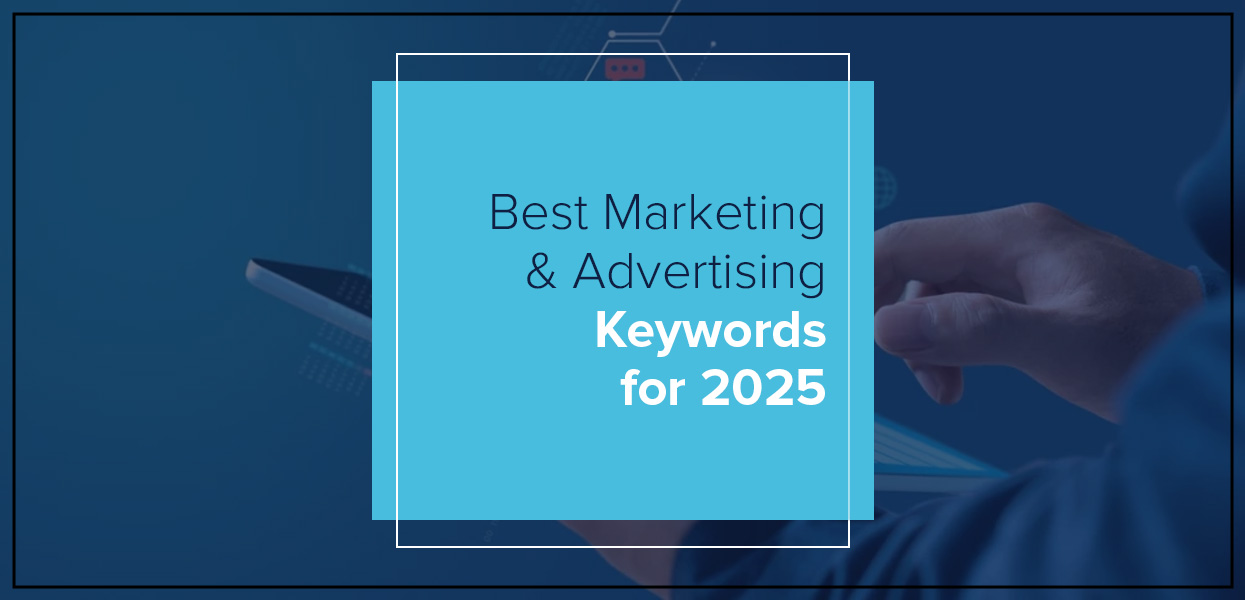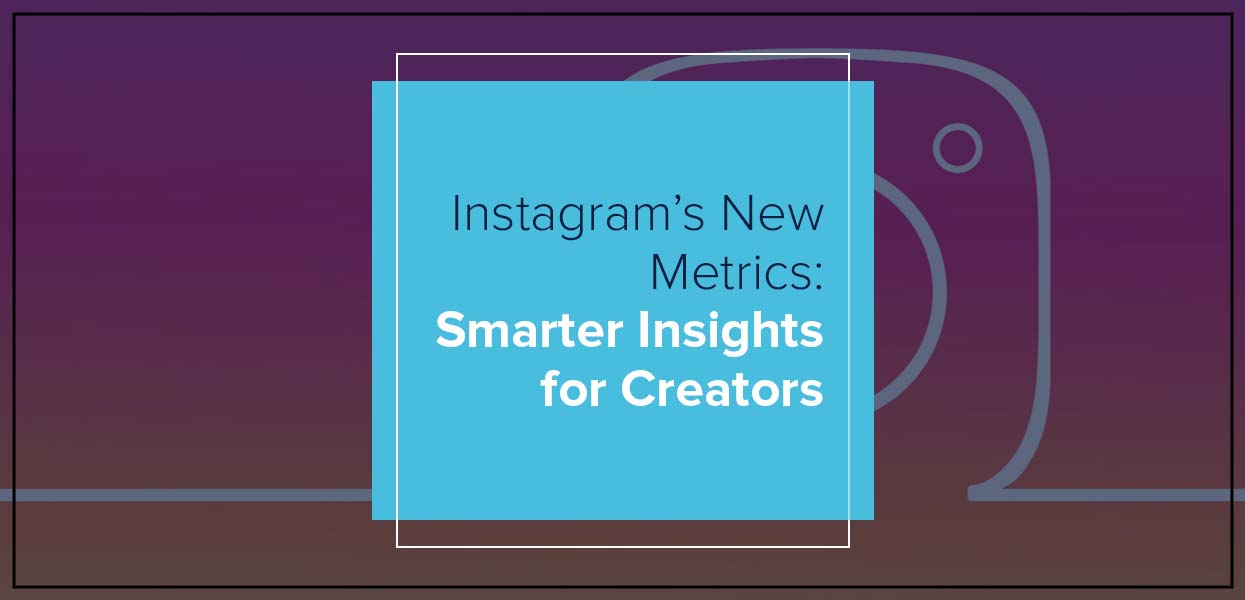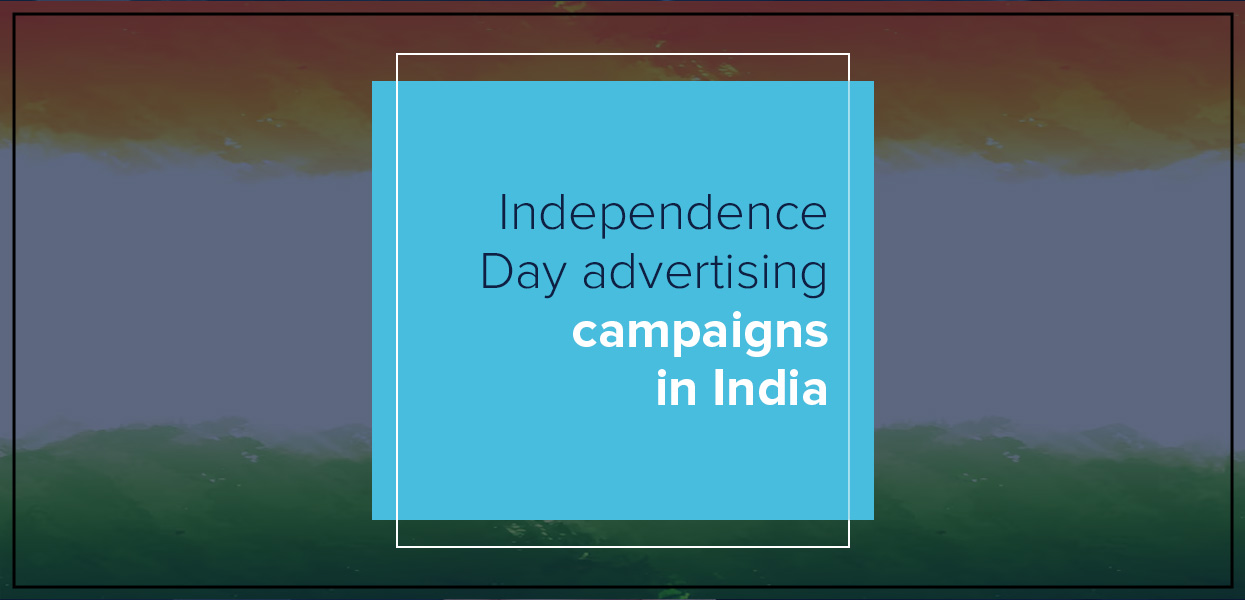How to Create a Meta Ads Account

To create a Meta (Facebook) Ads account, you'll first need a Facebook account, then create a Facebook Business account, and finally, navigate to Business Settings to create a new ad account. Within the ad account creation process, you'll need to provide information like the ad account name, time zone, and currency, and then add a payment method.
Whether you’re a business owner, marketing professional, or digital growth strategist, setting up your Meta Ads account is the first step in unlocking the power of paid campaigns on Facebook, Instagram, and the wider Meta network. From building brand visibility to driving conversions, your ad account acts as the control hub for everything from audience targeting to budget allocation.
This blog will guide you through the full setup process while connecting key topics like how to create a budget forecast in Meta Ads Manager, how to connect your Facebook Page, and why understanding metrics like CTR for Meta Ads is critical. If you’re ready to launch ads that perform, it all starts here — with a properly set up Meta Ads account.
What Is a Meta Ads Account and Why Does It Matter
A Meta Ads account is your command center for managing ads across Facebook, Instagram, Messenger, and the Audience Network. It lets you create, monitor, and optimize campaigns from one unified dashboard.
For any digital marketing expert, this account is the first step toward tapping into Meta’s vast audience. It allows you to assign roles, manage spend, set up billing, and define audience targeting—making it essential for running smart, scalable campaigns.
It also impacts how you structure campaigns, monitor CTR for Meta Ads, manage permissions, and ensure policy compliance. Without it, launching or testing ads isn’t possible.
Whether you're working with modest daily budgets or large ad spends, your Meta Ads account is where every smart decision begins. If you’re figuring out how to create a budget forecast in Meta Ads Manager or connect your Facebook Page, it all starts with this setup.
Let’s walk through how to set it up step by step.
Step-by-Step Guide: How to Create a Meta Ads Account
Creating a Meta Ads account is easier than it sounds, but getting it right from the start can save hours of troubleshooting later—especially if you're a business consultant or digital marketing expert setting up accounts for clients.
Here’s how to do it:
Log into your Facebook Account:
You need a personal Facebook account to access Meta Business tools.Go to Meta Business Suite or Business Manager:
Navigate to business.facebook.com and create or select your Business Manager account.Access Business Settings:
On the left-hand panel, click on “Business Settings.” This is where you’ll manage all your assets—Pages, ad accounts, pixels, and people.Create a New Ad Account:
Under “Accounts,” click on “Ad Accounts” > “Add” > “Create a New Ad Account.” Fill in your ad account name, time zone, currency, and intended use (your business or a client’s).Assign People and Permissions:
Give relevant team members access—choose from Admin, Advertiser, or Analyst roles.Add a Payment Method:
Go to the “Payment Settings” tab and link a credit card, debit card, or PayPal account. Without this, your campaigns won’t run.Connect Your Facebook Page:
Finally, link the Facebook Page you’ll be running ads from. (Learn more in our blog on how to connect Facebook Page to Meta Ads Manager.)
Once done, you’re ready to run your first campaign!
Setting Up Your First Campaign Goals
Once your Meta Ads account is ready, the next step is choosing the right campaign objective. This is crucial—your objective defines how Meta will optimize delivery and how you’ll measure success.
When you click “Create Campaign” in Ads Manager, you’ll see several goals:
Awareness (Brand awareness, Reach)
Consideration (Traffic, Engagement, App Installs, Video Views, Lead Generation)
Conversions (Sales, Website Conversions, Store Traffic)
If you're a digital marketing expert or business consultant, match the objective with your client's KPI. For example, select Lead Generation if you're running a campaign to collect sign-ups, or Conversions if your focus is on e-commerce sales.
Understanding this step is also key when learning how to create a budget forecast in Meta Ads Manager. Your budget and delivery estimates will align with the objective you set here. For example, if your objective is conversions, Meta may suggest a higher daily budget to achieve meaningful results.
Also, keep your CTR (Click-Through Rate) in mind. Meta benchmarks show that a CTR for Meta ads averages around 0.9%—but varies by industry. If your campaign objective doesn’t match user behavior, your CTR and ROI may suffer.
Smart goal setting leads to smarter budget allocation—and that’s the foundation of any successful Meta Ads strategy.
Audience Targeting Setup
Effective Meta Ads rely on precise targeting. With Meta Ads Manager, you can reach people based on interests, behaviors, and interactions—not just demographics.
First, link your Facebook Page to Meta Ads Manager via Business Settings in Meta Business Suite—this step is essential for running ads.
At the Ad Set level, choose from:
Core Audiences: Age, location, interests, and behaviors
Custom Audiences: People who’ve already interacted with your business
Lookalike Audiences: Users similar to your top customers
For any digital marketing expert or business consultant, this enables hyper-targeted campaigns—from retargeting abandoned carts to launching new services.
Save high-performing audiences for reuse, and make sure your Pixel is active and your assets properly configured. Strong targeting boosts performance and spend efficiency—key when mastering how to use Facebook Ads Manager for effective ad campaigns.
Budget & Bidding Strategy
Once your audience is ready, it’s time to decide how much you’ll spend and how you’ll manage that spend. In Meta Ads Manager, budgeting starts at the Ad Set level with two main options:
Daily Budget – Amount spent per day
Lifetime Budget – Total spend across the campaign duration
To enable budget scheduling:
Go to Ads Manager
Edit or create a campaign
In Budget and schedule, set your daily budget
Select Edit, then Increase your budget during specific time periods
Meta also lets you pick between automatic bidding (Meta optimizes for results) or manual bidding (you set bid limits). For a business growth consultant or digital marketing expert, this means more control and better alignment with campaign KPIs.
Smart forecasting at this stage supports more effective digital marketing plans, limits overspending, and improves ROI clarity—long before your ads even go live. Whether you offer business consulting services or manage web campaigns, this is where strategic ad performance begins.
Creative Setup & Ad Publishing
Now that your campaign structure is ready, it’s time to craft your actual ad. This is where copy, visuals, and user experience come together to drive engagement.
In the Ad level section of Meta Ads Manager, you'll:
Select your Facebook Page and Instagram account (if applicable).
Choose an ad format: image, video, carousel, or collection.
Upload your creative assets — a strong visual and headline are key to increasing the CTR for Meta Ads.
Add compelling copy and a call-to-action button like Shop Now, Sign Up, or Learn More.
This step directly impacts the effectiveness of your ad campaigns, especially if your business goal is traffic, conversions, or lead generation. Great ad creatives can lower your cost per result, boost engagement, and align your social media marketing services with real business outcomes.
If your goal is to boost the marketing of your website, this is where storytelling and targeting meet performance. Make sure you preview your ads across placements before hitting Publish.
Once published, your ad enters review. After approval, it goes live—officially activating your Meta ad journey.
Monitoring & Optimization
Once your ad is live, your work isn’t done—it’s just beginning. Regular monitoring ensures your budget is being spent wisely and that your ad performance aligns with your campaign goals.
Head to Meta Ads Manager Dashboard, where you can track metrics like:
Impressions
Click-through rate (CTR)
Cost per click (CPC)
Return on ad spend (ROAS)
If you notice underperformance, tweak your creatives, change your targeting, or adjust your bids. This is also where many users face delays—so if you’re wondering What Slows Down Facebook Ads Manager and How to Fix It, consider using fewer tabs, disabling browser extensions, or switching to Meta Business Suite for faster access.
For digital marketing plans to succeed, optimization must be ongoing. Monitor daily, act weekly, and scale monthly for the best results.
Performance Analysis and Reporting
Whether you're a solo marketer or a business consultant, being able to explain what worked (or didn’t) in a campaign is essential. Meta’s Ads Reporting tool helps you build custom reports that highlight KPIs aligned with your goals.
Focus on metrics like:
CTR (Click-Through Rate) — a strong indicator of relevance
Cost per result
Reach and frequency
Conversion rates
If you’ve created a budget forecast in Meta Ads Manager, compare actual spend vs. projected spend. This helps refine future strategies and shows clients or stakeholders where optimizations paid off.
For those in business consulting services, these reports are gold—they turn marketing speak into measurable outcomes.
Final Review & Long-Term Strategy
Before wrapping up your campaign, take a step back and evaluate:
Did the ad achieve your original objective?
Was the CTR strong enough to support your creative choices?
Did your audience engage the way you expected?
These insights shape a more effective web marketing strategy. For recurring campaigns, use saved audiences, automated rules, and A/B testing to continuously improve.
Also, ensure your Facebook Page remains connected to Meta Ads Manager—especially important if you manage multiple brands, as it streamlines reporting and access.
If you're a digital marketing expert or offer social media marketing services, having a clear wrap-up ensures insights aren’t lost. It builds consistency, enhances future results, and helps you deliver client-ready campaigns with confidence.
Wrapping It Up: Build Smarter, Not Just Bigger
Creating a Meta Ads account is more than just a technical task—it’s the foundation of every successful campaign across Facebook and Instagram. From setting clear goals to forecasting budgets and crafting high-CTR creatives, every step shapes how your brand is seen and how your business grows.
And while the process may seem complex at first, the right setup makes scaling smoother, reporting clearer, and results more measurable.
If you're looking to elevate your paid media strategy with sharper targeting, better ROI, and structured campaign planning, having the right partner makes all the difference. That’s where expert teams like Uniworld Studios step in—not just to launch ads, but to build growth systems that last.
Categories
- Digital Marketing
- Website Development
- Graphic Design
- Content Writing
Latest Posts
-
- Essential Marketing & Advertising Keywords 2025



